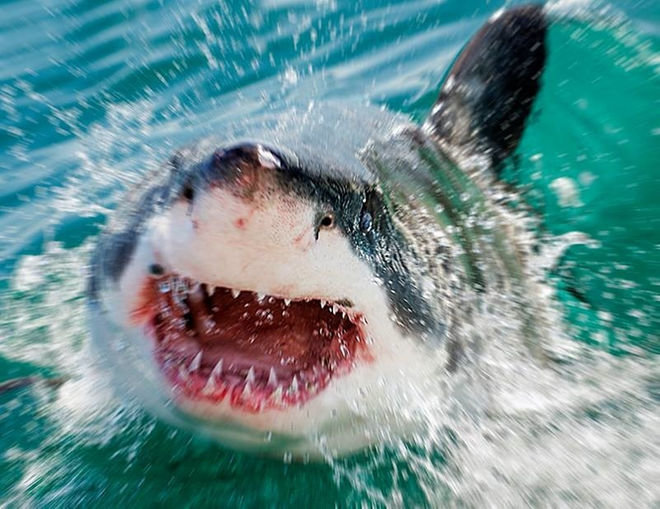Australia has gone from an average of just nine shark attacks a year in the 1990s to an average of 22 attacks from 2010-2020.
Incidents have been steadily rising, going from six attacks in 1992 to 17 in 2007 and 33 by 2015.NSW and WA remain the most at risk places, with some areas considered shark bite 'hotspots', such as the Northern Rivers region of NSW.
There was an extreme uptick in incidents in 2020, recording 37 attacks, eight of which were fatal. It was the highest number of fatalities in 50 years.
But experts say these remain very rare incidents, with more people dying from selfie related accidents than shark bites.
Taronga Zoo's Dr Phoebe Meagher said the reason behind the elevated numbers was still debated.
"The foremost hypothesis for the recent rise in shark bites is human population growth, particularly along the coast," she said.
Dr Meagher said board-riding activities such as surfing and stand-up paddle boarding were associated with the highest number of attacks over the past decade in Australia.
"Environmental and habitat variation, such as changing water temperature, decreased water clarity, and climate change are also likely to contribute to changes in the number of shark bites and the increased occurrences in some regions," she said.
Dr Meagher manages the Australian Shark Incident Database at Taronga, which comprises more than 1000 individual investigations from 1791 to today.
According to the International Shark Attack File, Australia has the second-highest number of unproved shark attacks at 691, behind the United States with 1604.
While there's over 500 different species of shark globally, just three are implicated in the vast majority of attacks.
"Several interesting patterns have emerged In Australia, white sharks are responsible for the largest number of bites on humans (361 total) compared to tiger (229 total) and bull sharks (197 total)," Dr Meagher said.
Shark bites mostly occur during the day, which likely reflects the time where more beachgoers are in the water. However, there is a slightly higher proportion of attacks at dusk for bull sharks.
"Bites to the torso lead to the highest number of fatalities followed by leg injuries. It is likely due to the injuries to organs and major arteries resulting in blood loss, which is a leading cause of shark bite fatalities," Dr Meagher said.
Despite vast amounts of data, there isn't an entirely predictable method to determine whether or not a shark will bite a person.
"We do know that some stimulus can 'provoke' a response in sharks such as recently speared or caught fish in the water or whale carcasses," Dr Meagher said.
"Mostly we think it is a case of wrong place at the wrong time."
Dr Meagher said she understood the fear many people have towards these animals.
"It's a frightening concept. I think movies like
Jaws and media have a big part to play in escalating this fear," she said.
"General beach safety precautions are the best mitigation against shark bites. Swim at patrolled beaches with shark alert systems in place; Never swim alone, Do not swim too far offshore and avoid swimming in places with fishing nearby or presence of bait balls."
The database and more information can be accessed at https://taronga.org.au/conservation-and-science/australian-shark-incident-database

Reader Comments
to our Newsletter